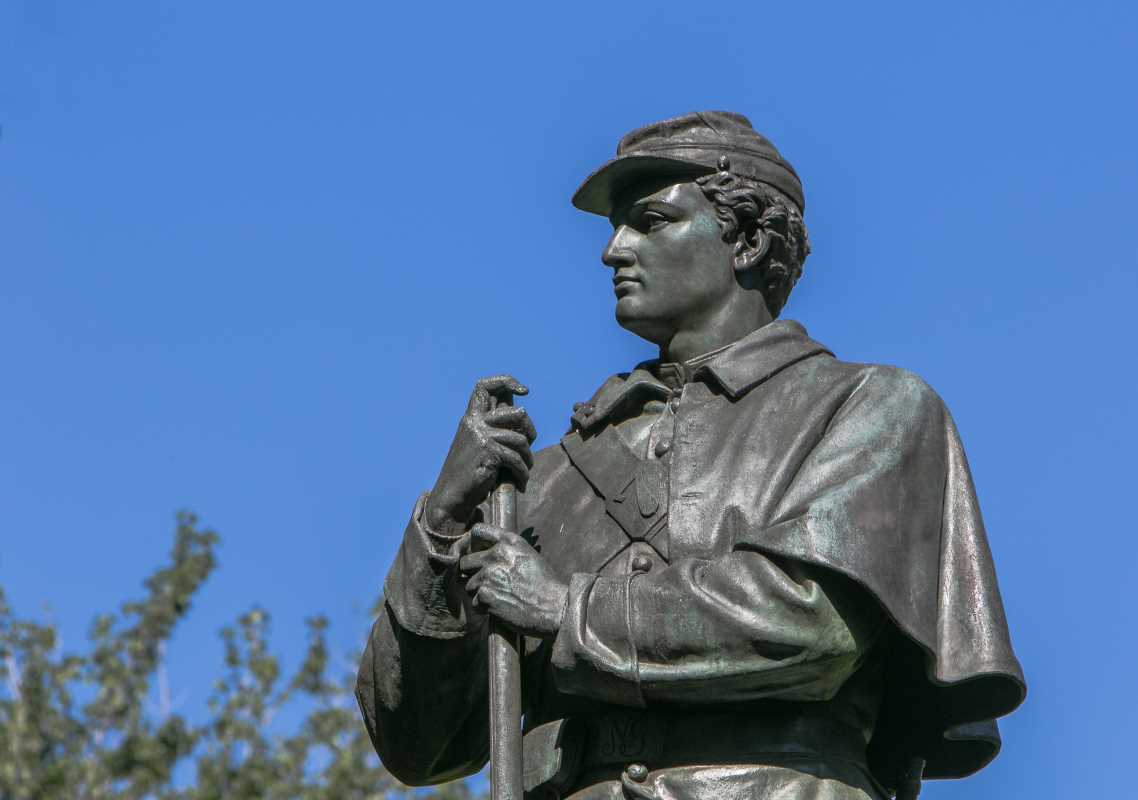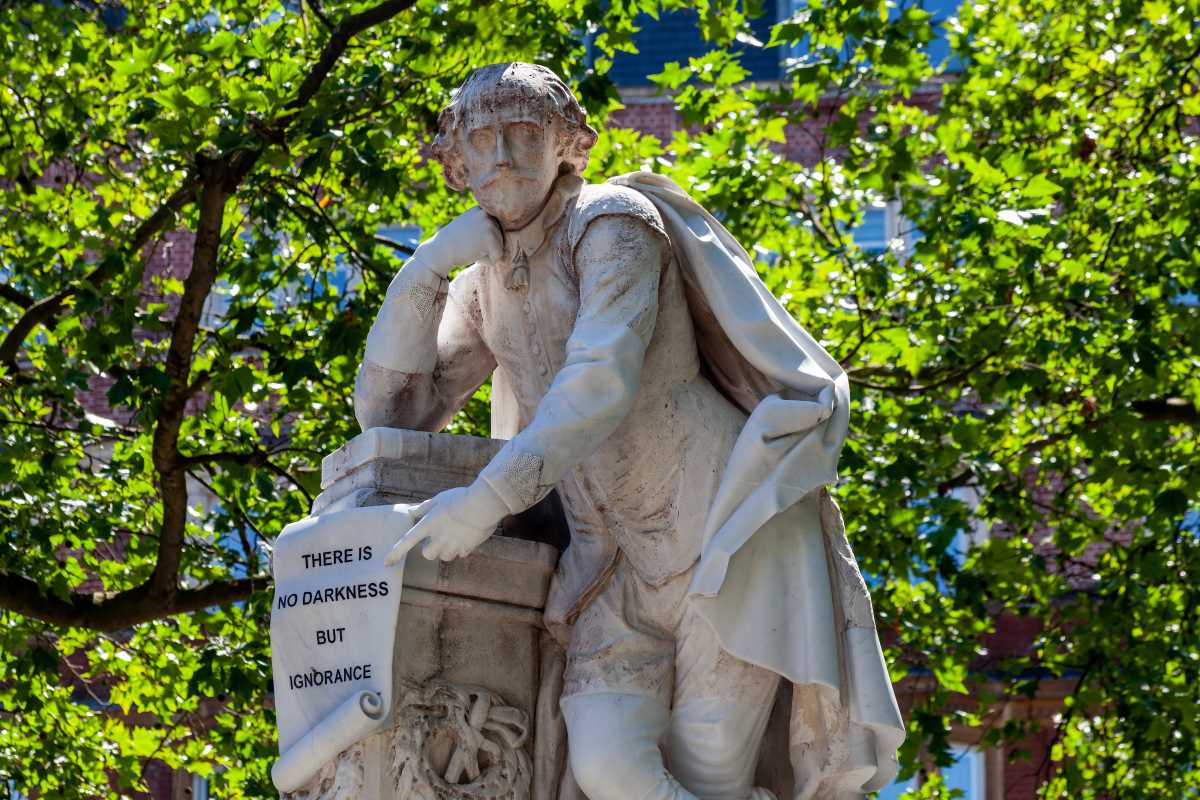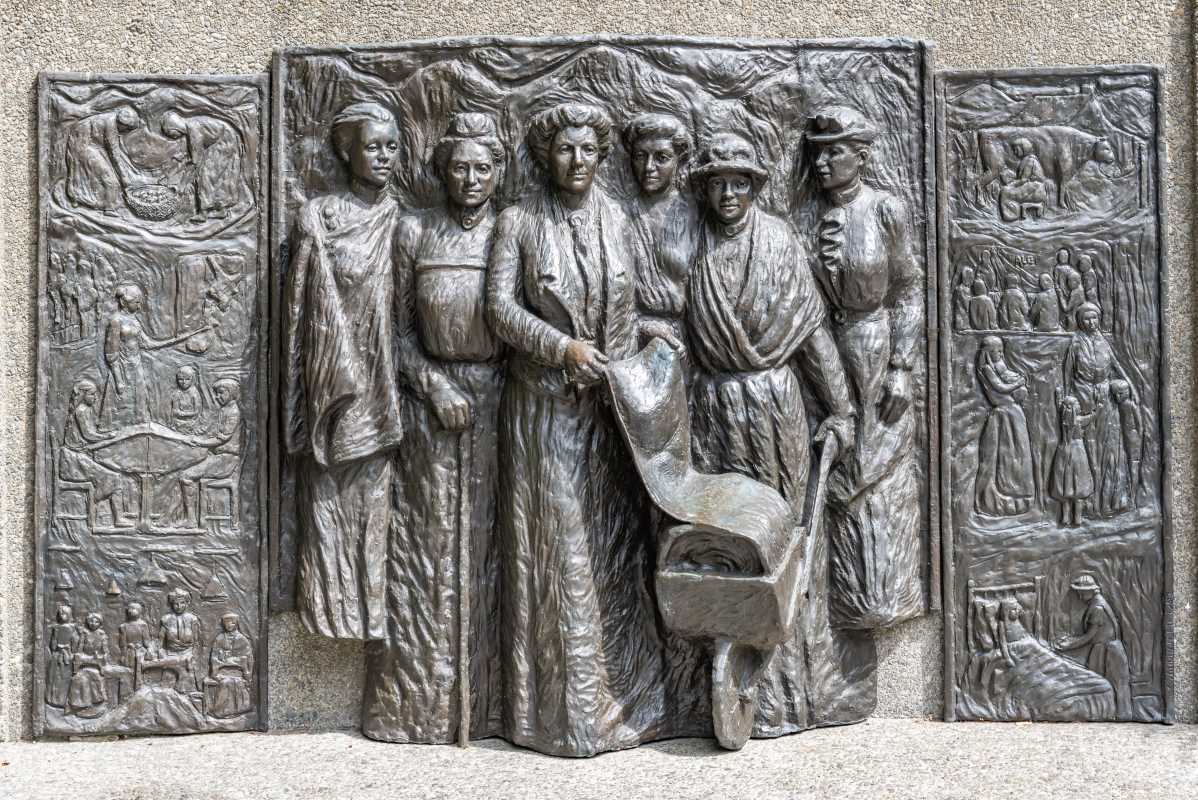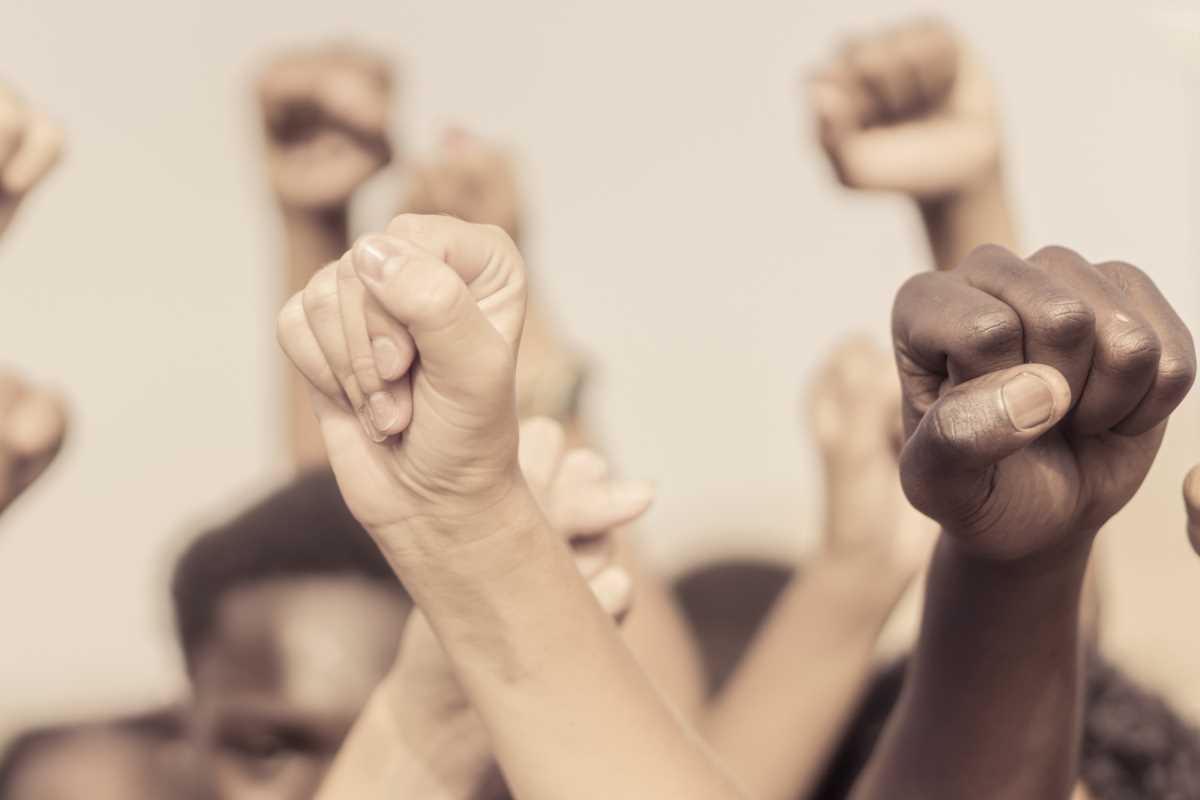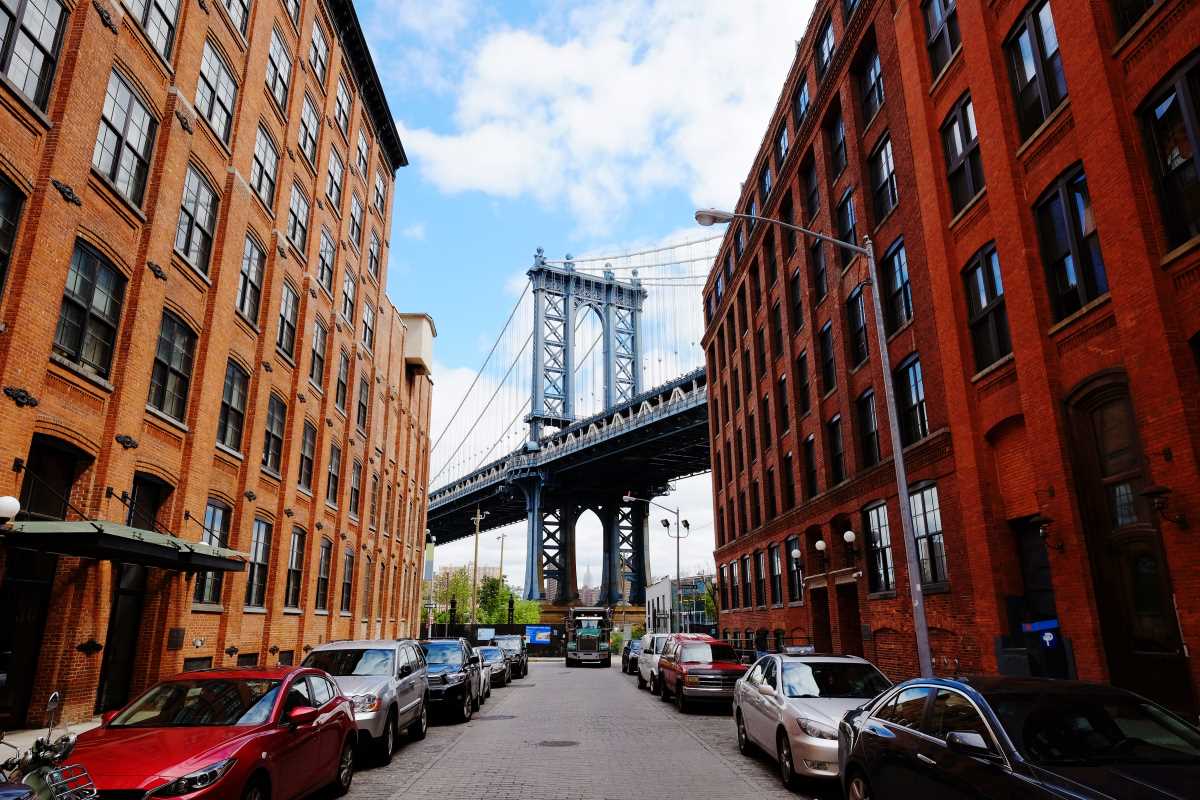Prohibition marked one of the most dramatic and controversial chapters in American history. From 1920 to 1933, the United States enacted a nationwide ban on the manufacture, sale, and transportation of alcoholic beverages. Known as "The Noble Experiment," Prohibition aimed to reduce crime, improve health, and fix social issues caused by alcohol. Instead, it led to a host of unintended problems, including the rise of organized crime and widespread defiance of the law.
When Prohibition ended in 1933, it might have seemed as though the U.S. had moved on from its alcohol-related struggles. But in reality, Prohibition left behind a legacy that still influences modern alcohol laws today. From strict regulations to uneven access across states, the remnants of that era are impossible to ignore. To understand the connection, we need to look back at Prohibition, how it ended, and how its impact continues to shape alcohol policies in the U.S.
What Was Prohibition?
Prohibition officially began on January 17, 1920, with the ratification of the 18th Amendment and the passage of the Volstead Act. These laws banned the "manufacture, sale, or transportation of intoxicating liquors" in the U.S. The movement for Prohibition was largely driven by social reformers, including groups like the Women's Christian Temperance Union. They believed alcohol was a root cause of societal problems, from domestic violence to workplace accidents.
At first, the idea of a dry nation seemed manageable. People were expected to comply with the law, and advocates believed it would lead to a safer, healthier society. However, reality painted a very different picture.
The Unintended Consequences
Instead of reducing crime, Prohibition fueled it. Illegal bars, known as speakeasies, popped up in cities across the country. Organized crime groups made fortunes smuggling and distributing alcohol, leading to a surge in gang violence. The government found it nearly impossible to enforce the ban, as public sentiment started to turn against the law.
By the early 1930s, Prohibition was widely seen as a failure. President Franklin D. Roosevelt spearheaded its repeal, and in 1933, the 21st Amendment officially ended Prohibition. However, the lessons learned (and unlearned) during Prohibition heavily influenced the alcohol laws that followed.
The Patchwork of Modern Alcohol Laws
One of Prohibition's biggest legacies is the complex and often confusing patchwork of alcohol laws that vary widely from state to state. When Prohibition ended, the federal government left much of the decision-making about alcohol regulation up to individual states. This approach shaped the alcohol landscape we see today.
Dry Counties and Local Control
Even though Prohibition ended nearly a century ago, its spirit lingers in certain parts of the country. Some states allow local governments to decide whether they want to permit alcohol sales. This has resulted in "dry" counties or towns, where the sale of alcohol is still banned. For example, much of Kentucky, Tennessee, and Arkansas remains dry, despite the state's residents having access to alcohol in neighboring counties.
This uneven access can create challenges for businesses and consumers. For instance, liquor stores near the borders of dry counties may see a boom in sales, as residents from dry areas travel to purchase alcohol legally.
Blue Laws
Another remnant of Prohibition is "blue laws," which restrict the sale of alcohol on certain days, particularly Sundays. These laws originated from religious traditions but persisted through Prohibition and beyond. Today, many states still enforce restrictions on Sunday alcohol sales. For example, some states allow alcohol sales only after noon on Sundays, while others prohibit them altogether. Though these laws are gradually being repealed or relaxed in many areas, they remain an example of how Prohibition-era thinking continues to shape policy.
State-Controlled Alcohol Sales
Several states adopted a state-controlled model for alcohol distribution following Prohibition's repeal. This system allows the state government to maintain strict control over the sale of liquor by operating state-run liquor stores or controlling wholesale distribution. States like Pennsylvania, Utah, and New Hampshire still use this model.
The idea behind state control is to regulate alcohol more strictly to prevent abuses and generate revenue for public programs. However, critics argue that it creates inefficiencies, restricts consumer choice, and discourages competition.
The Role of Federal and State Regulation
Prohibition also established a legacy of heavy regulation in the alcohol industry. Today, the production, distribution, and sale of alcohol are subject to strict laws at both the federal and state levels.
Licensing and Permits
If you’ve ever wondered why a new brewery or bar in your area took so long to open, it’s probably because alcohol licensing is such a rigorous process. Businesses that want to serve or sell alcohol must acquire multiple licenses and permits, often jumping through hoops to meet zoning, operational, and training requirements. This heavily regulated system dates back to the post-Prohibition era, when lawmakers aimed to prevent the kind of widespread lawbreaking they had seen in the 1920s.
Taxation and Revenue
Taxes on alcohol are another lasting legacy of Prohibition. Today, alcohol is one of the most heavily taxed consumer goods in the U.S. These taxes, often referred to as "sin taxes," serve two purposes. First, they generate revenue for the government, which was a priority after Prohibition ended. Second, they aim to discourage excessive consumption by raising alcohol prices.
Alcohol taxes vary widely by state and even by type of beverage. For example, a state might tax liquor at a higher rate than beer or wine.
Age Restrictions
The federal government enforces a national minimum drinking age of 21, a policy shaped by concerns about alcohol abuse in younger populations. While this law wasn’t directly tied to Prohibition, the era’s legacy of strict regulation certainly contributed to the country’s cautious approach to alcohol access.
Public Health and Alcohol Policy
While Prohibition was largely seen as a failure, some of its goals have been revisited in modern alcohol policies aimed at protecting public health.
Drunk Driving Laws
One area where progress has been made is in reducing drunk driving. Prohibition aimed to improve public safety by reducing alcohol consumption, but it failed spectacularly. Modern laws, however, have taken a more targeted approach. Stringent drunk driving laws, combined with public awareness campaigns, have successfully reduced alcohol-related accidents over the decades. States also enforce legal blood-alcohol concentration (BAC) limits and impose stiff penalties for DUI offenses.
Alcohol Education Programs
Prohibition’s goals of addressing alcohol abuse have also influenced education programs designed to prevent overconsumption and underage drinking. Organizations like Mothers Against Drunk Driving (MADD) work to raise awareness about the dangers of reckless alcohol use, continuing the public health-focused mindset that Prohibition advocates originally championed.
Loosening the Rules vs. Holding On to Tradition
While modern alcohol regulations remain rooted in Prohibition’s influence, there has been a noticeable shift toward loosening restrictions in recent decades. States are increasingly legalizing practices that had been banned or limited for decades, such as:
- Allowing home delivery and online sales of alcohol, especially during the COVID pandemic.
- Expanding hours for alcohol sales, including repealing Sunday sales bans.
- Permitting breweries and wineries to sell directly to consumers, bypassing traditional distributors.
This trend reflects changing societal attitudes toward alcohol and a desire for greater consumer convenience. However, resistance from traditionalist groups and the complexity of state-by-state laws ensure that Prohibition's legacy remains firmly rooted in America’s alcohol landscape.
 (Image via
(Image via

